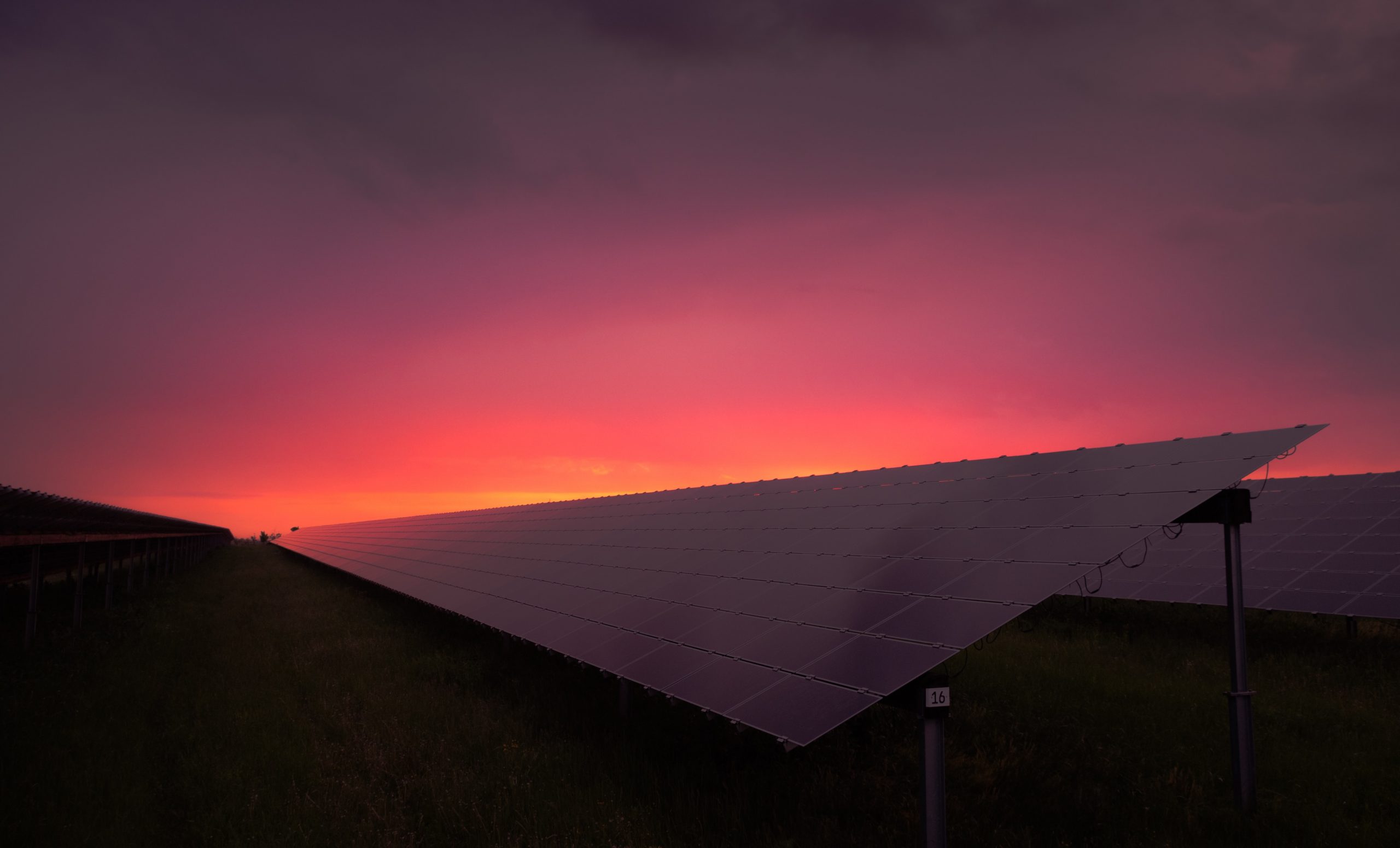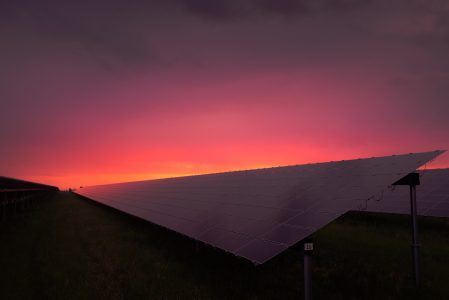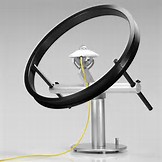Solar irradiance is the output of energy from the sun received at an area on the Earth. It is measured in W/m² (Watts per meter squared) in the form of electromagnetic radiation.
The Sun’s output of energy is the primary source of energy to Earth, it affects everything from plant metabolism to climate change. Small changes in output can have dramatic effects here on earth. Consequently, it is an important variable to measure for studies in agriculture, climate, and power generation.
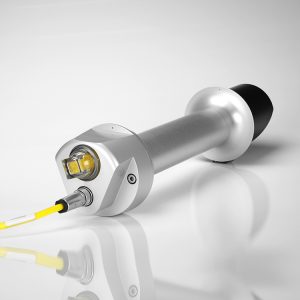
As such, the agricultural sector monitors solar energy received along with historic data to better plan growing cycles. Climate modellers use the data to obtain precise outputs from their models, helping them make more accurate predictions.
Solar irradiance can be measured on Earth or in space. On Earth, measurements are affected by atmospheric conditions, the position of the sun in the sky, and the angle of the measuring surface. In space, distance from the sun primarily affects solar irradiance. However, the sun’s solar cycle contributes also.
Solar irradiance is of particular interest to large solar farms. The solar insolation data can determine optimal sites to build new solar farms and help optimise panel orientation. Solar irradiance data provides insights into PV panel performance by comparing actual and expected outputs.
Solar irradiance received on Earth is subject to numerous factors such as atmospheric changes, weather events, and local ‘obstacles’ such as mountains or trees. As such, in order to measure all solar irradiance types, multiple sensors must be used. We will explore the primary ones below.
Diffuse Horizontal Radiation (DIF)
Particles and molecules in the Earth’s atmosphere scatters the Sun’s radiation.
Rayleigh Scatter is one form of this, and occurs when radiation interacts with small particles in the atmosphere. Shorter wavelengths are scattered more readily, hence why the sky is blue (Blue and violet light are in the short wavelength end of the spectrum).
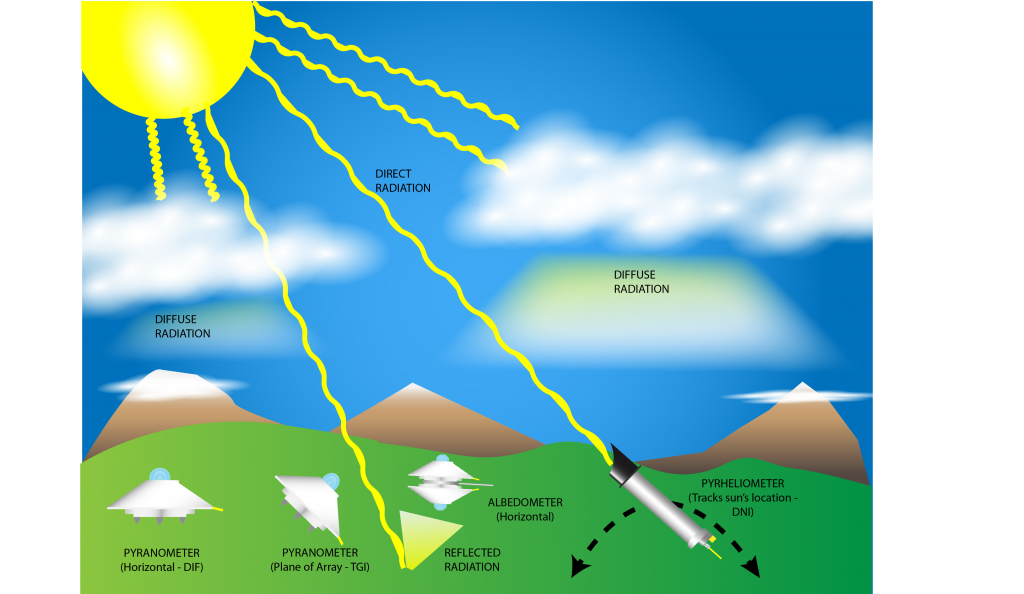
Mie scatter and Non-Selective scatter have a larger effect on diffuse horizontal irradiance. Mie scatter occurs when the radiation wavelength is of a similar size to atmospheric particles e.g. pollution, dust and pollen.
Non-Selective scatter occurs when the particles are larger than the wavelength of the radiation, scattering visible and infrared spectrums of radiation; clouds being a primary contributor to non-selective scatter.
Pyranometers measure diffuse horizontal radiation. As DNI radiation does not make up diffuse irradiance it must be eliminated from measurements. A shading ball or ring fitted to a pyranometer will block DNI leaving only diffuse.
When tilted at an angle a pyranometer can measure tilted global irradiance. As a result, solar farms will often have pyranometers tilted at the panel’s ‘plane of array’ in addition to a GHI pyranometer.
Direct Normal Irradiance (DNI)
Direct normal irradiance represents the quantity of radiation received per unit area on a surface perpendicular (normal) to the sun. Consequently, a sun tracking pyrheliometer like the SHP1 measures DNI. Using a sun tracker like the SOLYS2 a pyrheliometer can track and point directly at the sun at all times. The pyrheliometer does not measure diffuse radiation. Direct normal irradiance is important to concentrated solar power stations, which rely on the measurements to actively position mirrors or lenses to optimise reflection of the sun’s energy towards a receiver.
Global Horizontal Irradiance (GHI)
The total radiation received on a horizontal surface on the Earth. Global Horizontal Irradiance factors in both Direct Normal Irradiance and Diffuse Horizontal Irradiance, while also accounting for the angle of the sun. For this, a pyranometer positioned horizontally to the ground measures GHI.
If you would like to know more about our range of solar radiometers then please contact ESS Earth Sciences.
Follow ESS Earth Sciences on LinkedIn to stay up to date with our latest news and events.

